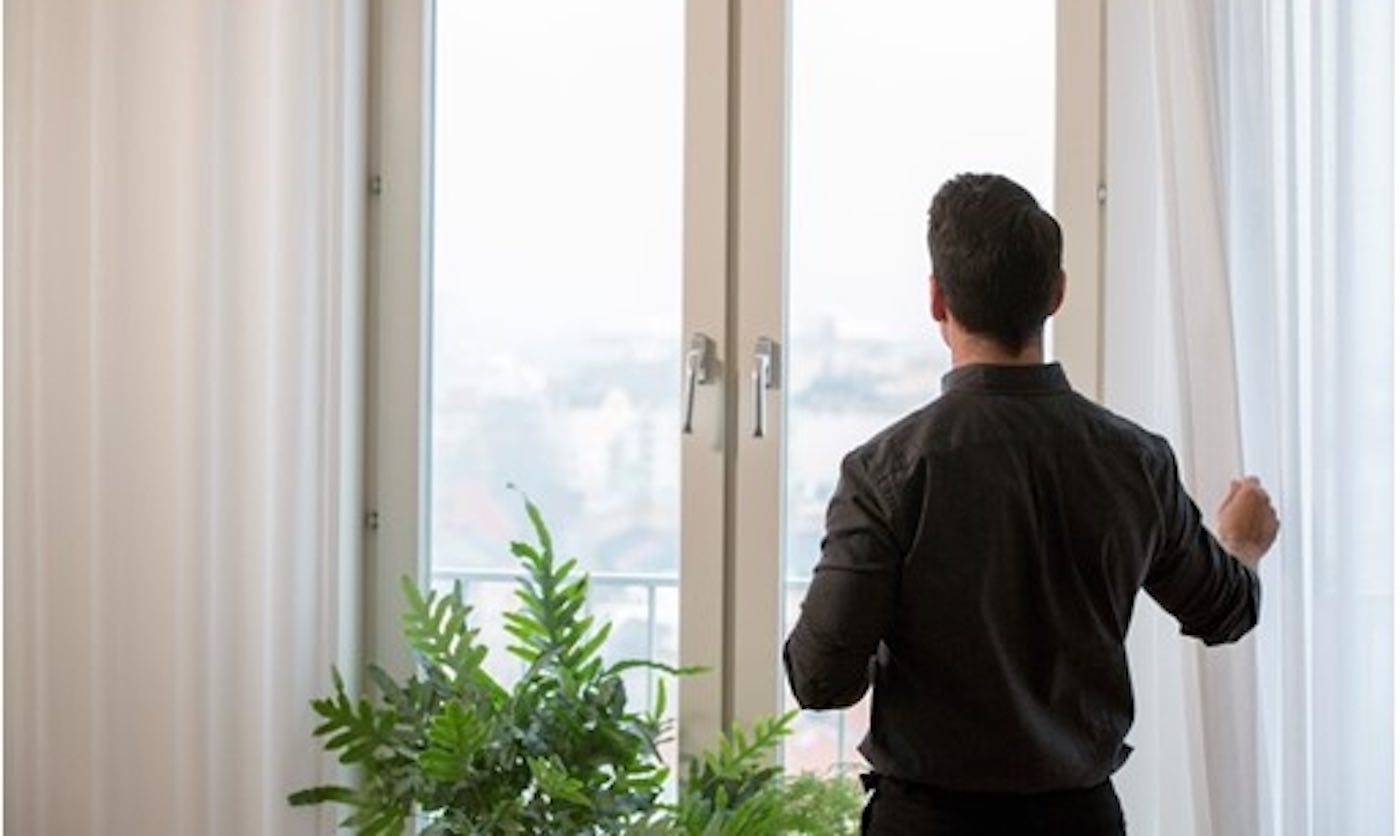It will soon be possible to reduce common indoor air pollutants using just a curtain.
A mineral-based surface treatment enables this new curtain from IKEA to break down air pollutants when it comes in contact with light.
Air pollution is a global issue and particularly problematic in megacities. According to WHO, around 90% of people worldwide breathe polluted air, which is estimated to cause eight million deaths per year.
The Swedish furniture company hopes to diminish this number by producing the GUNRID air-purifying curtain.
LOOK: For Years, This IKEA Has Been Quietly Welcoming Stray Dogs Off the Streets So They Can Sleep Inside
“Besides enabling people to breathe better air at home, we hope that GUNRID will increase people’s awareness of indoor air pollution, inspiring behavioral changes that contribute to a world of clean air,” says Lena Pripp-Kovac, Head of Sustainability at Inter IKEA Group. “GUNRID is the first product to use the technology, but the development will give us opportunities for future applications on other textiles.”
The curtain uses a technology that has been developed by IKEA suppliers in collaboration with several European and Asian universities over the course of the last few years. The process, which works similarly to photosynthesis, is activated by both outdoor and indoor light.
“For me, it’s important to work on products that solve actual problems and are relevant to people. Textiles are used across homes and by enabling a curtain to purify the air, we are creating an affordable and space-saving air purifying solution that also makes the home more beautiful,” says Mauricio Affonso, Product Developer at IKEA Range and Supply.
RELATED: IKEA Releases Free Design For Garden Sphere That Feeds a Neighborhood
The GUNRID curtain will reportedly be made available to the public next year.
For many years, IKEA has been reducing air pollution from its own operations by phasing out hazardous chemicals and reducing air emissions. Last year, IKEA launched the Better Air Now! initiative, aiming to turn rice straw – a rice harvesting residue that is traditionally burned and contributes heavily to air pollution – into a new renewable material source for IKEA products. IKEA has also committed to becoming climate positive by 2030, reducing our overall climate footprint by 70% on average per product (compared to 2016).
Furthermore, the company has recently been lauded for their 2018 sustainability report stating that 70% of the materials used to make their products were either made from renewable or recycled materials.
“We know that there is no single solution to solve air pollution, [but] we work long term for positive change, to enable people to live healthier and more sustainable lives,” says Pripp-Kovac.
Be Sure And Share The Good News With Your Friends On Social Media – Photo by IKEA




















